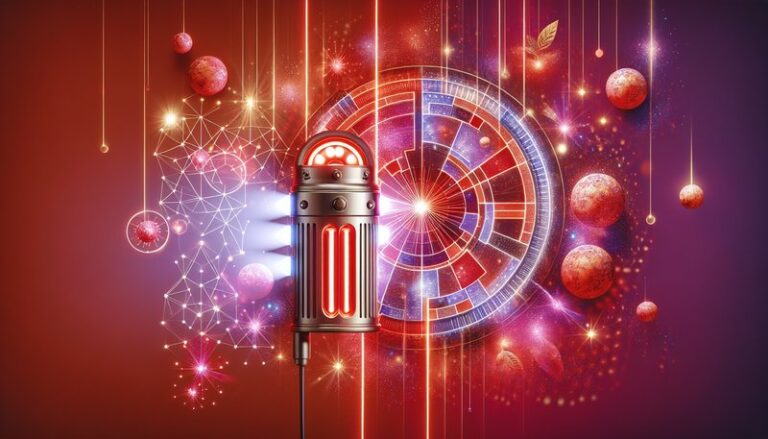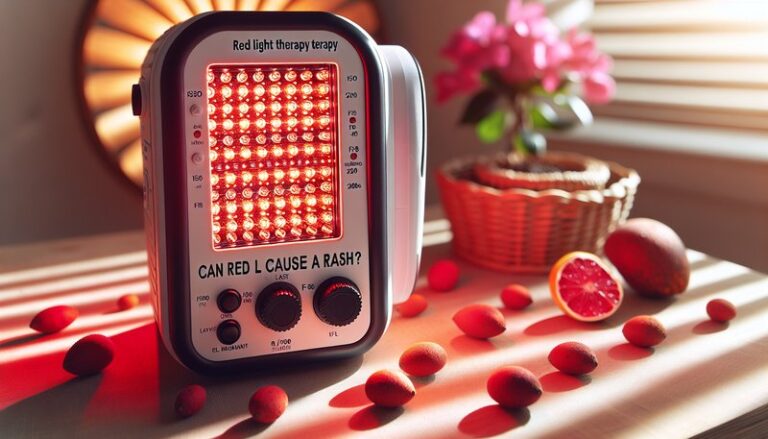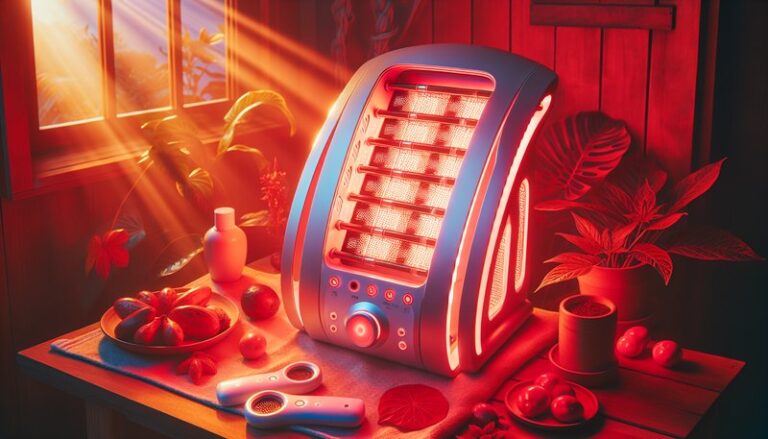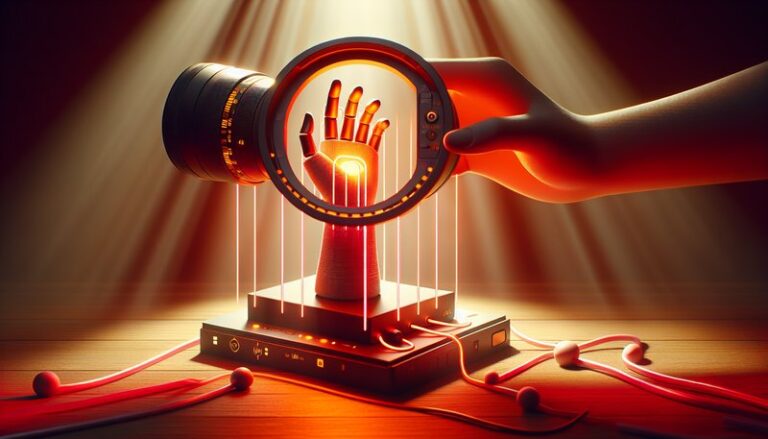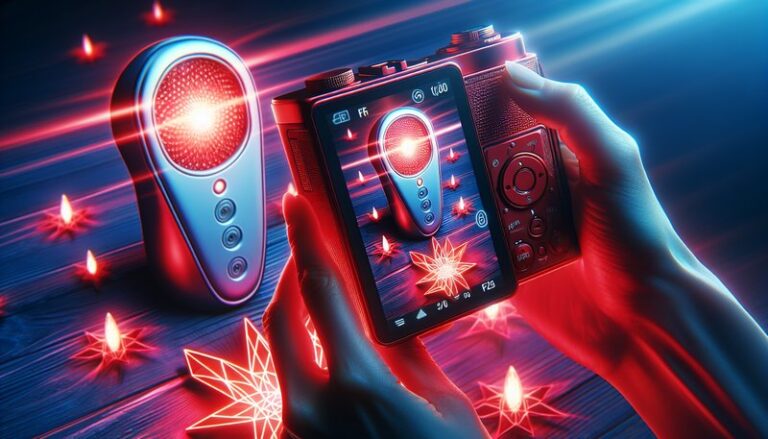Does Red Light Therapy Help Gout?
Have you ever wondered if innovative therapies could alleviate the debilitating pain of gout?
This article will explore the relationship between red light therapy and gout management, providing insights into how red light therapy works, its potential benefits, considerations before trying it, and alternative treatment options.
Key Takeaways
- Red light therapy may reduce inflammation, which is crucial for managing gout attacks.
- The therapy is generally considered safe with minimal side effects.
- Combining red light therapy with conventional treatments may enhance overall outcomes for gout sufferers.
What is Red Light Therapy?
Red light therapy (RLT) is a non-invasive treatment that uses low-wavelength red light to stimulate bodily tissues. This therapy is believed to encourage healing at the cellular level by enhancing mitochondrial function, leading to increased ATP production and improved cellular repair mechanisms.
Originally popular in dermatology, red light therapy has gained attention for its potential in pain management and inflammation reduction. This makes it an intriguing option for individuals dealing with chronic pain conditions like gout.
How Red Light Therapy Works
RLT penetrates the skin and interacts with cells, stimulating various biological processes. The wavelengths typically used are between 600-900 nanometers, which stimulate collagen production, enhance blood circulation, and promote tissue repair. These mechanisms can potentially alleviate gout symptoms by reducing inflammation and enhancing recovery.
What are the Benefits of Red Light Therapy?
This section will highlight several key benefits of red light therapy that are particularly relevant to managing gout.
Reduction of Inflammation
The primary benefit of RLT lies in its anti-inflammatory properties. Studies suggest that RLT can significantly reduce markers of inflammation in the body, which is crucial for gout patients suffering from painful flare-ups.
Enhanced Pain Relief
Red light therapy may provide significant pain relief for gout sufferers. By addressing the underlying inflammation and promoting blood flow, patients often report decreased pain levels following treatment sessions.
Improved Joint Mobility
Gout can cause restricted movement in affected joints. RLT may aid in restoring mobility by alleviating stiffness and enhancing overall joint function, thereby improving quality of life.
Minimal Side Effects
One of the significant advantages of RLT is that it comes with few reported side effects. Unlike pharmaceutical treatments, which may carry risks, RLT is considered safe and well-tolerated by most individuals.
Is it Possible to Use Red Light Therapy for Gout?
Yes, using red light therapy as a complementary treatment for gout is entirely feasible. Many practitioners and patients are discovering its potential as part of a holistic approach to managing the condition.
What are the Advantages of Using Red Light Therapy?
RLT offers several advantages when integrated into a gout management regimen.
Non-invasive Treatment
Unlike injections or surgeries, RLT is a non-invasive therapy, making it a more appealing option for many individuals seeking pain relief from gout without complicating existing treatment plans.
Easy to Use
Red light therapy devices, such as handheld units or larger panels, can often be used conveniently at home, allowing for regular treatment without the need for frequent visits to healthcare facilities.
Find out our perspective on “Red Light Therapy Duration?”
Complementary to Conventional Treatments
RLT can be combined with traditional gout treatments, potentially enhancing their effectiveness and providing a more comprehensive approach to symptom management.
What are the Things to Consider Before Using Red Light Therapy?
Before starting red light therapy for gout, it’s essential to consider several factors to ensure safety and effectiveness.
Consultation with a Healthcare Provider
Always consult with your physician or healthcare provider before starting any new treatment, especially if you’re already on medication for gout. They can offer guidance tailored to your needs.
Quality of Equipment
Not all red light therapy devices are created equal. Investing in high-quality, clinically tested equipment is crucial for achieving the best results, as cheap or poorly designed devices might not deliver effective wavelengths.
Consistency of Use
Like many therapies, consistency is key with red light therapy. Regular sessions may be necessary to achieve noticeable benefits, and understanding your treatment schedule will help manage your expectations.
What are the Alternatives to Red Light Therapy for Gout?
While red light therapy shows promise, several other treatment options are also available for managing gout.
Medication
Nonsteroidal anti-inflammatory drugs (NSAIDs) or corticosteroids are commonly prescribed to manage gout pain and inflammation during flare-ups. These can provide immediate relief and are often necessary for acute attacks.
Dietary Modifications
Making dietary changes can be instrumental in managing gout. Reducing purine-rich foods, such as red meat and certain seafood, as well as increasing hydration, can help lower uric acid levels.
Cold Therapy
Applying ice packs to affected joints can provide immediate relief by numbing the pain and reducing inflammation. This simple treatment is often recommended alongside other therapies.
Conclusion: Is it Recommended to Use Red Light Therapy for Gout?
Red light therapy presents an innovative approach to managing gout, offering potential benefits such as reduced inflammation, pain relief, and improved joint mobility. While this therapy is not a standalone solution, its integration into a comprehensive gout management plan could enhance overall effectiveness. Always consult a healthcare provider to tailor treatment strategies to your individual needs.
Discover the complete story Proximity to Red Light Therapy
Frequently Asked Questions
Can anyone use red light therapy for gout?
Most people can use red light therapy; however, it’s essential to consult with a healthcare provider, especially if you have underlying health conditions or are taking medication.
How often should I undergo red light therapy for gout?
Frequency of treatment may vary based on individual needs and device used, but many practitioners recommend sessions 3-5 times per week for optimal results.
Is red light therapy expensive?
The costs can vary widely depending on the device chosen and whether you go to a clinic. Home devices can be a one-time investment, making it more cost-effective in the long run compared to regular clinic visits.
Can red light therapy replace traditional gout medications?
No, while RLT may provide supportive relief, it should not replace prescribed medications. Always follow guidance from your healthcare provider.
Are there any side effects of red light therapy?
Red light therapy is generally safe, with few reported side effects. However, some users may experience mild skin irritation or warmth during treatment.

